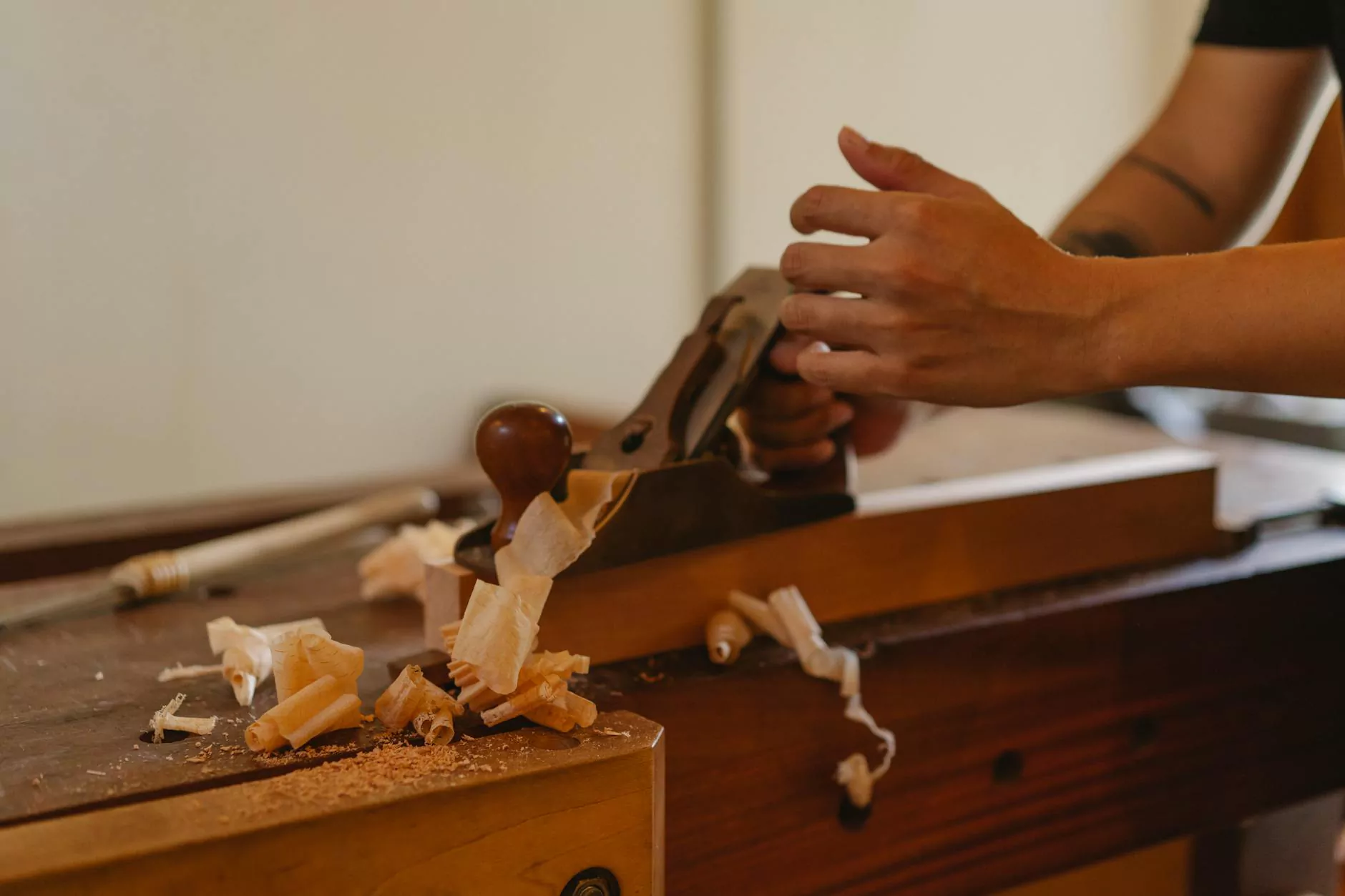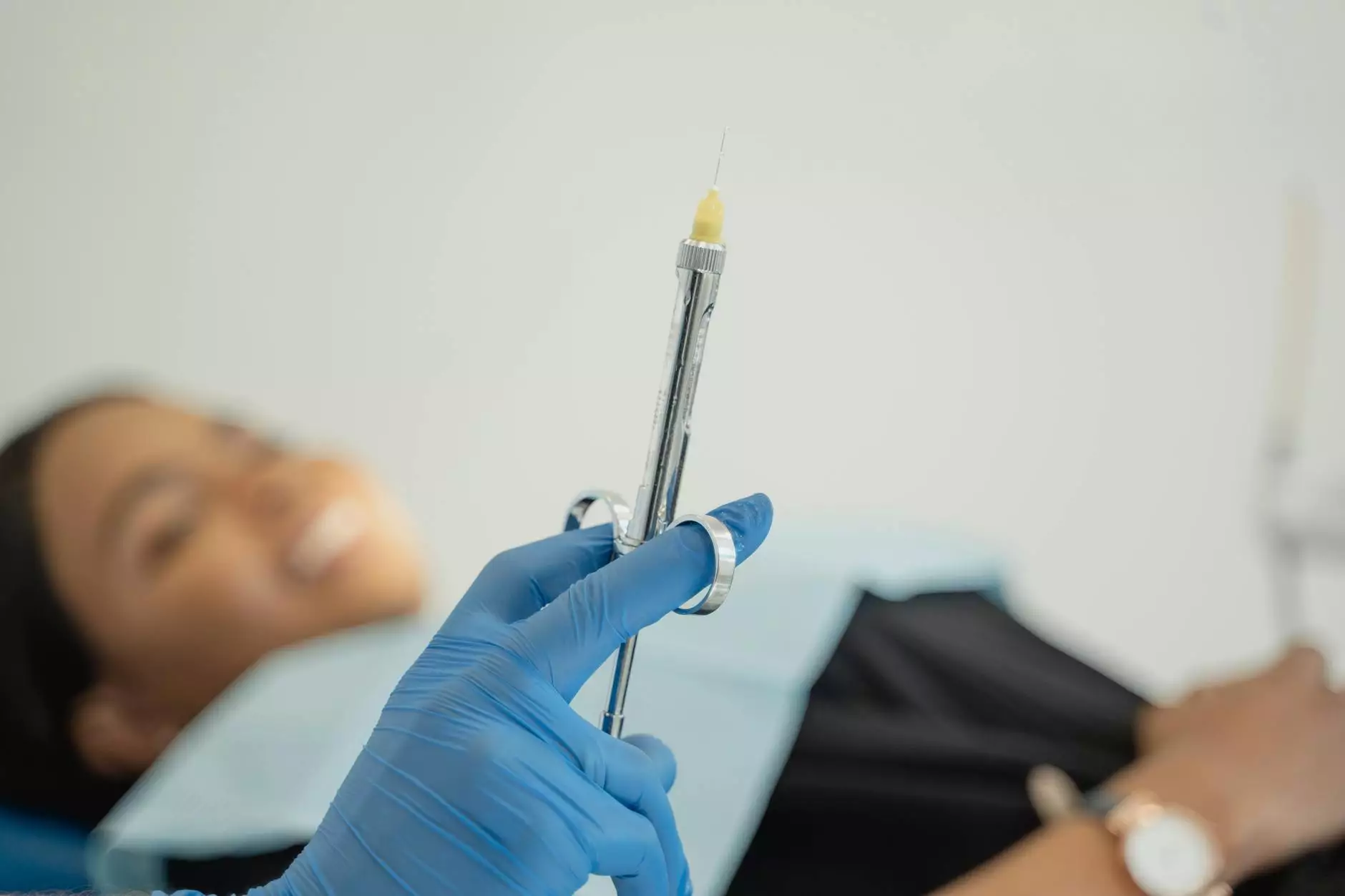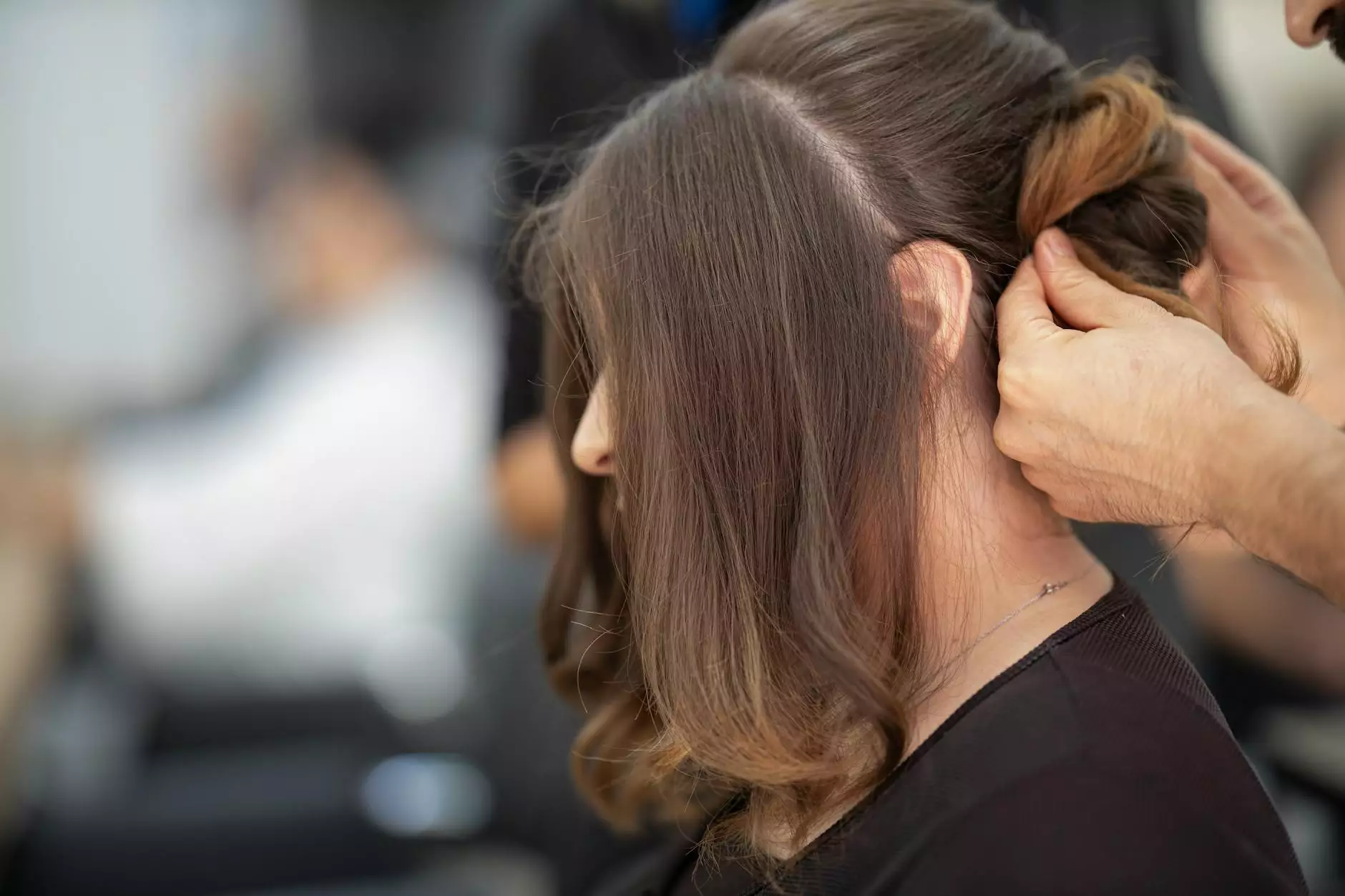Beard Transplantation: A Comprehensive Guide to Restoring Facial Hair

Understanding Beard Transplantation
Beard transplantation is an advanced surgical procedure that allows individuals to achieve fuller, thicker beards. Many men experience patchy beards or lack of facial hair due to genetics, hormonal changes, or prior injuries. For those who desire a more masculine appearance, beard transplantation offers a viable solution.
The procedure involves transplanting hair follicles from a donor site—usually the back of the scalp—onto the areas of the face where fuller growth is desired. This guide will provide detailed insights into the benefits, procedure, aftercare, and selection criteria for a quality clinic.
Benefits of Beard Transplantation
There are numerous advantages to pursuing beard transplantation, including:
- Permanent Results: Once the follicles are transplanted and healed, they are permanent and behave like natural hair.
- Natural Appearance: Skilled surgeons can create a natural look, ensuring that the transplanted hair blends seamlessly with existing facial hair.
- Increased Confidence: For many, a fuller beard can significantly boost self-esteem and enhance overall appearance.
- Customizable: The procedure can be tailored to the individual's desired beard style, thickness, and shape.
- Minimal Recovery Time: Most patients return to normal activities within a few days post-operation.
The Beard Transplantation Procedure
Initial Consultation
The journey begins with an initial consultation with a qualified surgeon. This step is crucial as it allows for an evaluation of the patient's hair density, facial structure, and desired beard style. The surgeon will discuss expectations, potential outcomes, and overall costs.
Pre-Procedure Preparations
Before the surgery, patients may need to stop certain medications and avoid alcohol to ensure safety and effectiveness. Following the surgeon’s instructions is critical to prepare for the procedure and obtain the desired results.
The Procedure Itself
During the procedure, patients are typically given local anesthesia to minimize discomfort. The surgeon will then extract hair follicles from the donor area using one of two primary techniques:
- Follicular Unit Extraction (FUE): Individual follicles are harvested and transplanted into the beard area. This method leaves minimal scarring and has a shorter recovery time.
- Follicular Unit Transplantation (FUT): A strip of scalp is removed, and hair follicles are dissected for transplantation. This method can provide a higher yield but may result in a more noticeable scar.
Once the hair follicles are ready, the surgeon will create small incisions in the recipient area and implant the follicles accordingly. The entire procedure can take between 4 to 8 hours depending on the number of grafts being transplanted.
Post-Procedure Care
After undergoing a beard transplantation, proper aftercare is essential to ensure optimal healing and results:
- Avoid Touching the Area: Patients should refrain from touching or scratching the transplant area to prevent infections.
- Follow Medication Guidelines: Doctors may prescribe antibiotics or pain management medications; adhering to these instructions is crucial.
- Maintain Cleanliness: Gentle washing of the area is important to prevent infection. Patients should follow their surgeon's guidelines on when and how to wash.
- Avoid Strenuous Activities: Incorporating rest into daily activities will aid in recovery, avoiding any strenuous exercise for a few weeks.
- Be Patient: Transplanted hairs will likely fall out within a few weeks, which is normal. New hair growth will typically emerge within 3 to 6 months.
Choosing the Right Clinic for Beard Transplantation
Selecting a clinic for your beard transplantation procedure is perhaps the most critical decision you will make. Here are some factors to consider:
Research and Reviews
Look for clinics with strong reputations, positive patient reviews, and ample before-and-after photos demonstrating previous results. Online resources, forums, and social media can provide insights into the clinic's reliability.
Surgeon's Qualifications
Ensure that the surgeon performing the procedure is board-certified and specializes in hair restoration. Inquire about their experience and techniques to ascertain their level of expertise.
Consultation Outcomes
The initial consultation should provide a comfortable environment where you can ask questions and feel informed about the procedure. A professional clinic will outline all steps and ensure you are aware of potential risks and benefits.
Technology and Techniques Used
Inquire about the technology and techniques used by the clinic. Modern methods such as FUE are often considered superior due to their minimally invasive nature and quicker recovery timelines.
Final Thoughts on Beard Transplantation
Beard transplantation is a promising option for individuals struggling with facial hair growth. With the right preparation, care, and choice of clinic, the procedure can yield remarkable, natural-looking results. The road to a fuller beard is within reach, allowing for enhanced confidence and a refined appearance.
If you're considering beard transplantation, take the time to research and consult with qualified professionals to embark on your journey confidently. At hairtrans.net, we encourage prospective patients to explore their options and take the first step towards achieving their ideal beard.
© 2023 Hair Transplantation Services | Visit us at hairtrans.net









